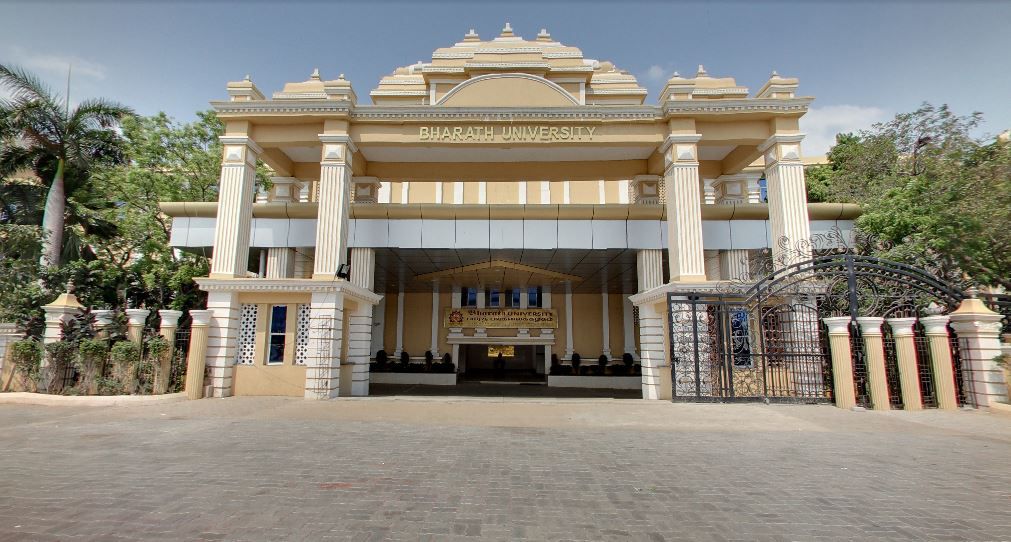
latest Exam Results & Notifications :
Supportive faculty: Many students highlight the helpfulness and friendliness of the faculty, noting their approachability and willingness to clarify doubts. We have dedicated online Blackboard systeme where the student can clarify all his/her doubts.
Qualified faculty: The majority of faculty members hold advanced degrees, including doctorates, and are considered knowledgeable in their fields. Continuous online academic tracking system enable the faculties can identify the learning difficulties of the students.
Relevant curriculum: The curriculum is generally viewed as relevant to industry needs and designed to enhance employability.
Focus on practical skills: There's an emphasis on practical and activity-based learning, especially in fields like medicine and engineering.
Well-equipped labs and online classrooms: BIHER boasts modern infrastructure including well-equipped labs, libraries, and e learning flatform as per UGC Fourqardrent system. Which will helps the students can understand the concept in a perfect manner.
Digital initiatives: The institution is integrating digital tools and resources to enhance learning and research.
Good placement record: BIHER has a strong placement record, with a high percentage of students securing placements in various companies. Industry connections: The institution attracts recruiters from major companies in the IT sector and others. BIHER – Strictly 4 Quadrant Approach of e– learning cycle.
Essentially, the Four-Quadrant approach aims to create a rich and interactive learning environment that caters to a wider range of learners and promotes effective knowledge acquisition and skill development.
National Service Scheme popularly known as NSS, the scheme was launched in Gandhi Centenary year, 1969 and aimed at developing student’s personality through community service. The overall objective of National Service is Educational. This objective is attained through the service to the community.
The overall objective of NSS is Personality Development through community service.
The broad objectives of NSS are to:
Swachhta pakhwada is a fortnight initiative to carry on the agenda of Swachh Bharat Mission, aimed at promoting cleanliness. Swachh Bharat Abhiyaan is an initiative started by government of India to make the country completely clean of any mess or littering, thereby making every nook and corner of the nation clean and tidy. Swachh Bharat Mission was launched by Prime Minister, Shri Narendra Modi on 2nd October, 2014 to urge people to fulfill Mahatma Gandhi's vision of a clean India,by his 150th birth anniversary in 2019. The campaign was carried out nationwide in more than 4,000 districts/towns in India. The BIHER NSS Volunteers is involved all the Swachhta pakhwada activities on these days .The aim of the mission is to cover all the rural and urban areas of the country to present this country as an ideal country before the world.
Swachhta Pakhwara is Humble Prime Minister Sh. NarendraModi urged the people of India to keep their surroundings clean during his first address to the nation on the eve of Independence Day. NSS have been conducting various activities under the cleanliness drive in the past.
To observe the SwachhtaPakhwara in befitting manner NSS organizations propose to conduct various activities during the observance of SwachhtaPakhwara. The BIHER NSS Volunteers is involved all the Swachhta pakhwara activities on these,so that the involvement of general public is also ensured in the celebration of this event.
NSS activities have been divided in two major groups. These are regular NSS activities and special camping programme.
(a) Regular NSS Activity: Under this, students undertake various programmes in the adopted villages, college / school campuses and urban slums during weekends or after college hours;
(b) Special Camping Programme: Under this, camps of 7 days duration are organised in adopted villages or urban slums during vacations with some specific projects by involving local communities. 50% NSS volunteers are expected to participate in these camps.